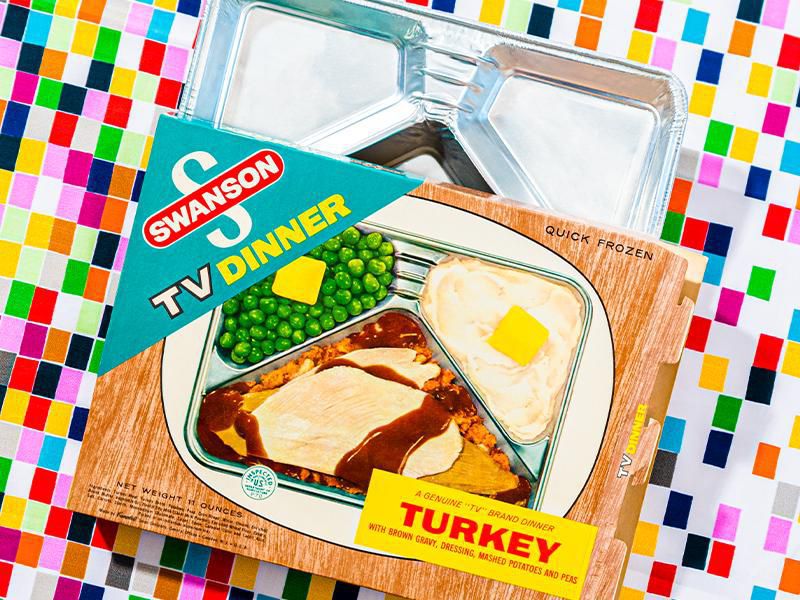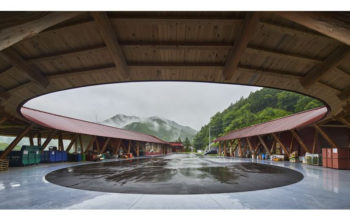More on the story: Thanksgiving’s most unexpected legacy is heating up again
In 1925, the Brooklyn-born entrepreneur Clarence Birdseye invented a machine for freezing packaged fish that would revolutionize the storage and preparation of food.
Written content by Kovie Biakolo via SMITHSONIAN MAGAZINE
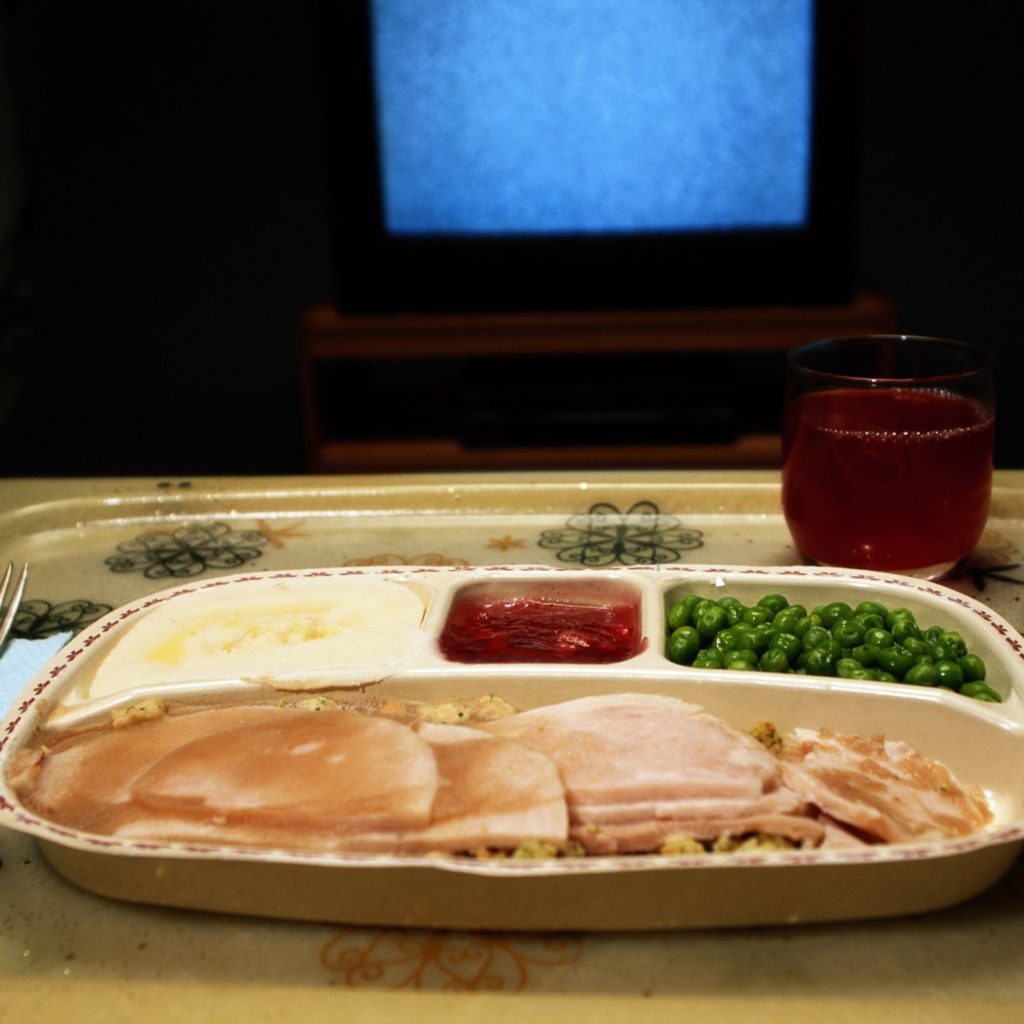
Maxson Food Systems of Long Island used Birdseye’s technology, the double-belt freezer, to sell the first complete frozen dinners to airlines in 1945, but plans to offer those meals in supermarkets were canceled after the death of the company’s founder, William L. Maxson. Ultimately, it was the Swanson company that transformed how Americans ate dinner (and lunch)—and it all came about, the story goes, because of Thanksgiving turkey.
According to the most widely accepted account, a Swanson salesman named Gerry Thomas conceived the company’s frozen dinners in late 1953 when he saw that the company had 260 tons of frozen turkey left over after Thanksgiving, sitting in ten refrigerated railroad cars. (The train’s refrigeration worked only when the cars were moving, so Swanson had the trains travel back and forth between its Nebraska headquarters and the East Coast “until panicked executives could figure out what to do,” according to Adweek.) Thomas had the idea to add other holiday staples such as cornbread stuffing and sweet potatoes, and to serve them alongside the bird in frozen, partitioned aluminum trays designed to be heated in the oven. Betty Cronin, Swanson’s bacteriologist, helped the meals succeed with her research into how to heat the meat and vegetables at the same time while killing food-borne germs.
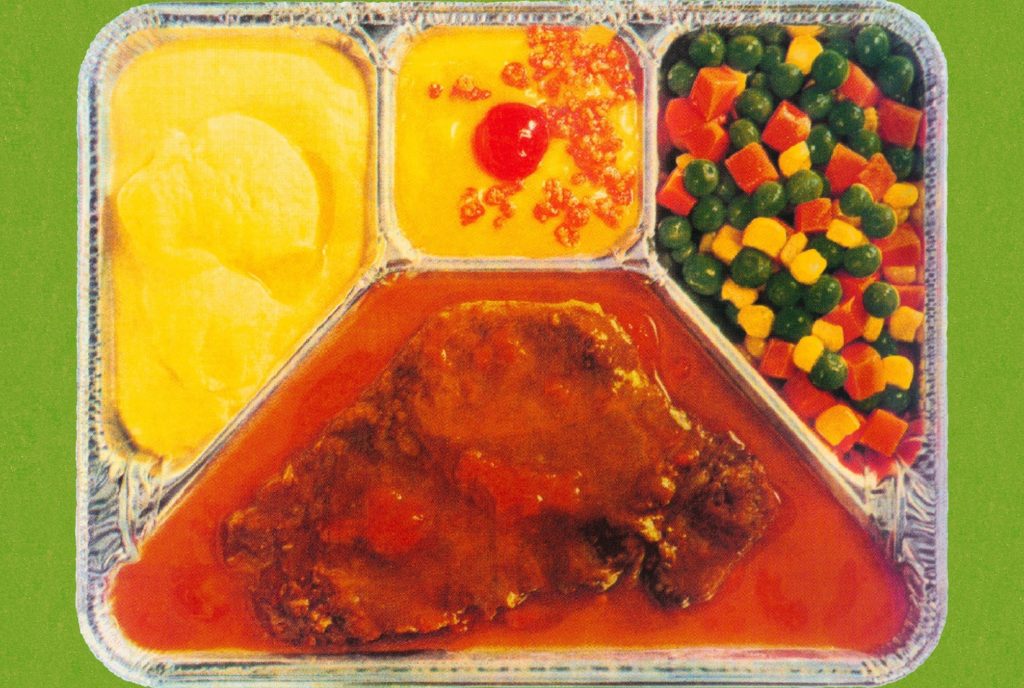
The Swanson company has offered different accounts of this history. Cronin has said that Gilbert and Clarke Swanson, sons of company founder Carl Swanson, came up with the idea for the frozen-meal-on-a-tray, and Clarke Swanson’s heirs, in turn, have disputed Thomas’ claim that he invented it. Whoever provided the spark, this new American convenience was a commercial triumph. In 1954, the first full year of production, Swanson sold ten million trays. Banquet Foods and Morton Frozen Foods soon brought out their own offerings, winning over more and more middle-class households across the country.
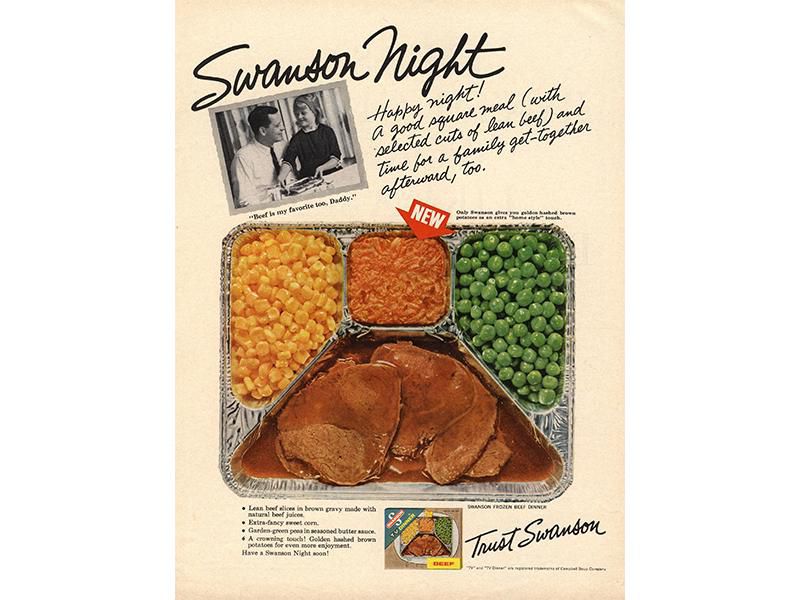
Whereas Maxson had called its frozen airline meals “Strato-Plates,” Swanson introduced America to its “TV dinner” (Thomas claims to have invented the name) at a time when the concept was guaranteed to be lucrative: As millions of white women entered the workforce in the early 1950s, Mom was no longer always at home to cook elaborate meals—but now the question of what to eat for dinner had a prepared answer. Some men wrote angry letters to the Swanson company complaining about the loss of home-cooked meals. For many families, though, TV dinners were just the ticket. Pop them in the oven, and 25 minutes later, you could have a full supper while enjoying the new national pastime: television. Read more from Smithsonian Magazine.
Follow News Without Politics for more interesting and amazing, important, and relevant U.S. and world news stories plus health, entertainment, sports, weather, food and more without media bias.
Stay informed daily. News fair and balanced, ahead of influence.

